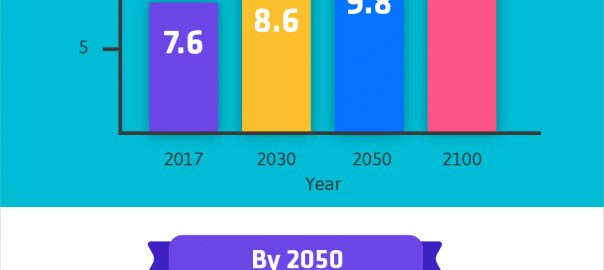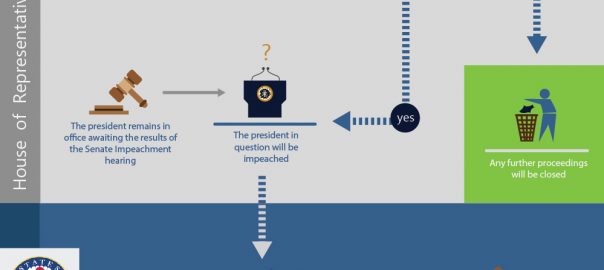As we celebrate the World Population Day – which seeks to raise awareness of population issues – this week, the global population is currently estimated to be 7.6 billion.
When the first World Population Day was celebrated on 11th of July in 1990, the global population was no more than 5 billion people. To put it in simpler terms, there has been a 50% growth in the global population over the last 27 years alone!
According to the latest projections of the United Nations, the world’s population growth is expected to grow by more than one billion people, reaching 8.6 billion within the next decade.
Although there’s been a drop in the fertility rates since the 1960s, roughly 83 million – and that is nearly 360,000 births per day – people are added to the global population annually. As of now, Africa has the highest fertility rate at 4.7 births per woman, while Europe has the lowest fertility rate at 1.6 births per woman.
In recent years, Africa has had the fastest growth rate and it will continue to increase, making the continent play a central role in contributing to the global population over the next few decades. Asia will become the second largest contributor to this future growth, adding about 750 million people between 2017 and 2050. These two regions will be followed by Latin America and the Caribbean, Northern America and Oceania in shaping the size and the distribution of the global population by 2050.
Asia will become the second largest contributor to this future growth, adding about 750 million people between 2017 and 2050. These two regions will be followed by Latin America and the Caribbean, Northern America and Oceania in shaping the size and the distribution of the global population by 2050.
According to UN’s key findings, half of the world’s population growth over the next 30 years will be concentrated in just nine countries; India, Nigeria, Democratic Republic of the Congo, Pakistan, Ethiopia, Tanzania, USA, Uganda, and Indonesia.
While India’s population is expected to overtake that of China and approach 1.66 billion by 2050 (while China’s is expected to remain at 1.44 billion since 2024), the population of Nigeria is expected to surpass that of USA before 2050, thus becoming the world’s third largest country.




